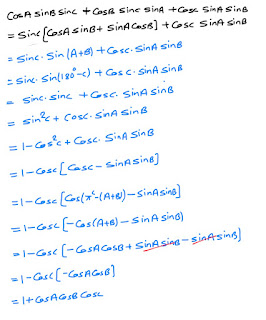Correlation and regression Analysis
By mahesh sagar khanal
Course Content
•Basic concept of regression and correlation, definition of correlation, correlation coefficients, Spearman rank correlation coefficient
Correlation definition
•Oxford dictionary says, mutual relationship or connection between two or more things
•In statistics, correlation is “interdependence of variable quantities.
Correlation
•So, correlation is a statistical measure that indicates the extent to which two or more than two variables fluctuate together. When the fluctuation of one variable reliably predicts a similar fluctuation in another variable, the data can be called as correlated. So correlation is a statistical technique that can show whether and how strongly pairs of variables are related.
Correlation
•It quantifies the degree and direction to which two variables are related. So, by calculating, correlation coefficient, we can know, how one variable will change with the change of other variable.
•When correlation coefficient is positive, the direction of both variable will be same, whereas when it is negative, the direction will be opposite
Correlation
For example, height and weight show positive correlation as more height mean more weight and vice versa. So this can be regarded as positive correlation. But if we supply more vaccine, where will be less illness and vice versa, which is an example of negative correlation.
Point to remember
•Correlation can not explain about cause and effect. It does not matter which of the two variable is dependent on another. Even if the variables are swapped, the result will be same.
Maximum and minimum value of correlation and their significance
•Correlation can have minimum value as -1 and minimum value as +1. As the data approaches to 1,the data is said to be more correlated.
















0 Comments